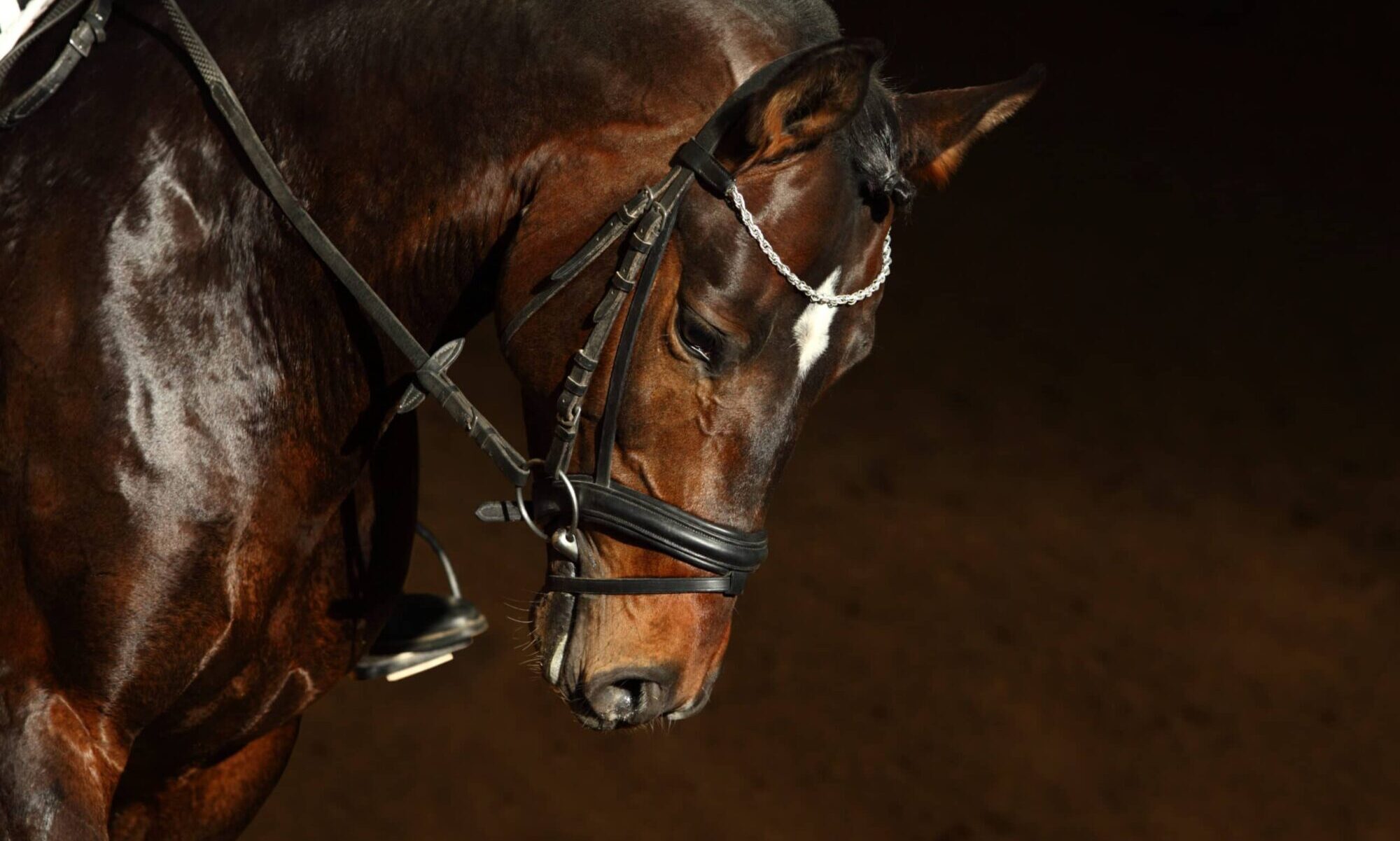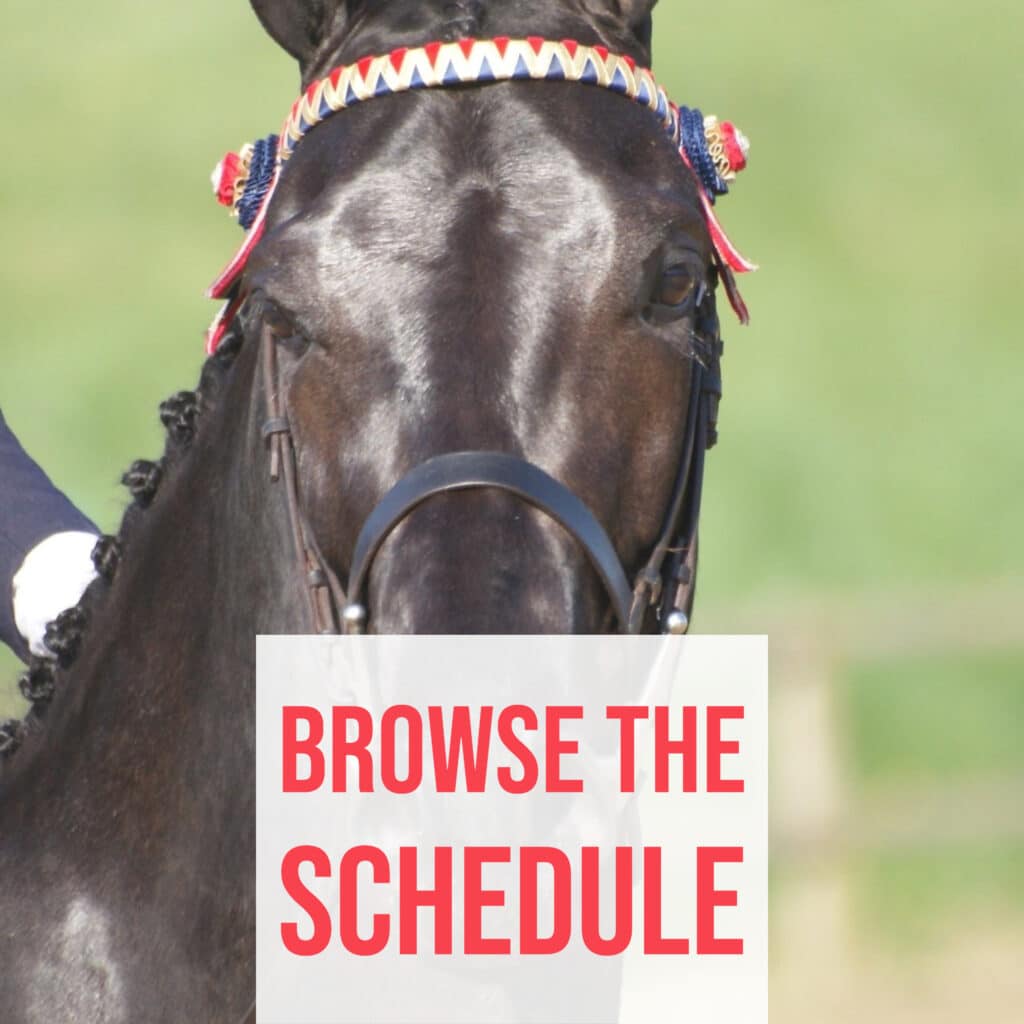submitted by Kelly and Lana Anders – Blue Raven Farms
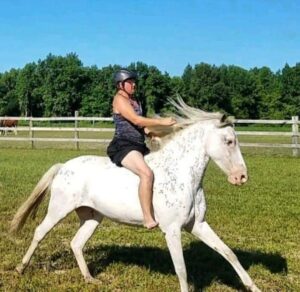
In the 1500s when the Americas were yet an uncharted mystery, it was a race and battle for the land of plenty… on the backs of Spanish Mustangs. From the mountain ranges of Mexico to the treacherously soggy Eastern Shore, they carried men to achieve both great and terrible things. The sprightly Spanish Mustangs hauled fully grown men with all the supplies, weapons, and gear needed to stay alive through hundreds of miles in difficult terrain. They served with the same extraordinary inherent intelligence and heart you find in them today.
By the late 1800s the descendants of these men would be responsible for attempting to wipe out the breed along with the Native Americans. Cross breeding began and by 1950s the breed was almost extinct. In the late 1900s, further generations began the process of preserving what was left. A handful of ranchers, Native Americans, and very isolated herds were all that remained. When you really think about what it took in the days before the internet, coupled with the difficulties of remote locations, it took incredible heart and hard work for these conservation pioneers to persevere.
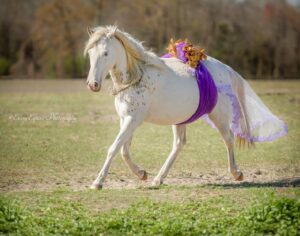
Today, in the 2000s, we continue the work of those who have devoted their life entirety to the effort. The Livestock Conservatory¹ lists Spanish Mustangs as threatened, which are “breeds with fewer than 1,000 annual registrations in the United States and an estimated global population of less than 5,000”.
There are several strains of Spanish Mustangs, all equally important and sharing the same foundation standards. Multiple registries exist and many of the horses are cross registered. Breed diversity is critical to prevent genetic collapse, and many programs are highly detailed scientific endeavors.
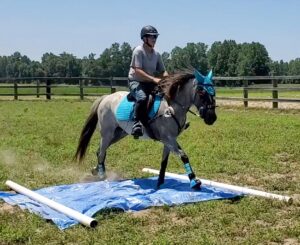
What really, really sets this horse apart is more than their genetics or even their physical traits. Spanish Mustangs do have strong hooves, backs that are one vertebrae short, have shaped chests that give even more room for lungs that carry them easily with ground eating strides over hundreds of miles. They excel in endurance, jumping, working cattle, dressage… pretty much anything you want a handy horse 13.2 to 15 hands that you can easily get off and on while doing anything you need. These little powerhouses are smart, kind, giving horses that love their people and try so hard for you. You may have to earn that dedication, but it is unparalleled. These are the horses that were used to charge into battle because they were so brave, so responsive, so full of that fire. The very best Spanish Mustangs have Brío.

According to Wikipedia, Brío refers to a horse’s vigor, energy, exuberance, courage and liveliness; it automatically implies that these qualities are willingly placed in the service of the rider. I’ve said many times, if they were a foot taller, they’d be in every big performance barn. People just underestimate what these incredible horses can do.
Here are some of the Spanish Mustang registries for further reading or on how to get involved:
Spanish Mustang Registry, Inc. http://www.spanishmustang.org/
American Indian Horse Registry https://www.indianhorse.com/
Horse of the Americas http://horseoftheamericas.com/index.html
Southwest Spanish Mustang Association http://www.southwestspanishmustangassociation.com/
American Heritage Horse Association (AHHA) https://www.americanheritagehorse.org/
The Spanish Barb Horse Association https://www.spanishbarb.com/
The Livestock Conservancy https://www.livestockconservancy.org/
If you want to follow our farm on Facebook facebook.com/blueravenfarms
¹https://livestockconservancy.org/index.php/heritage/internal/conservation-priority-list#Horses
